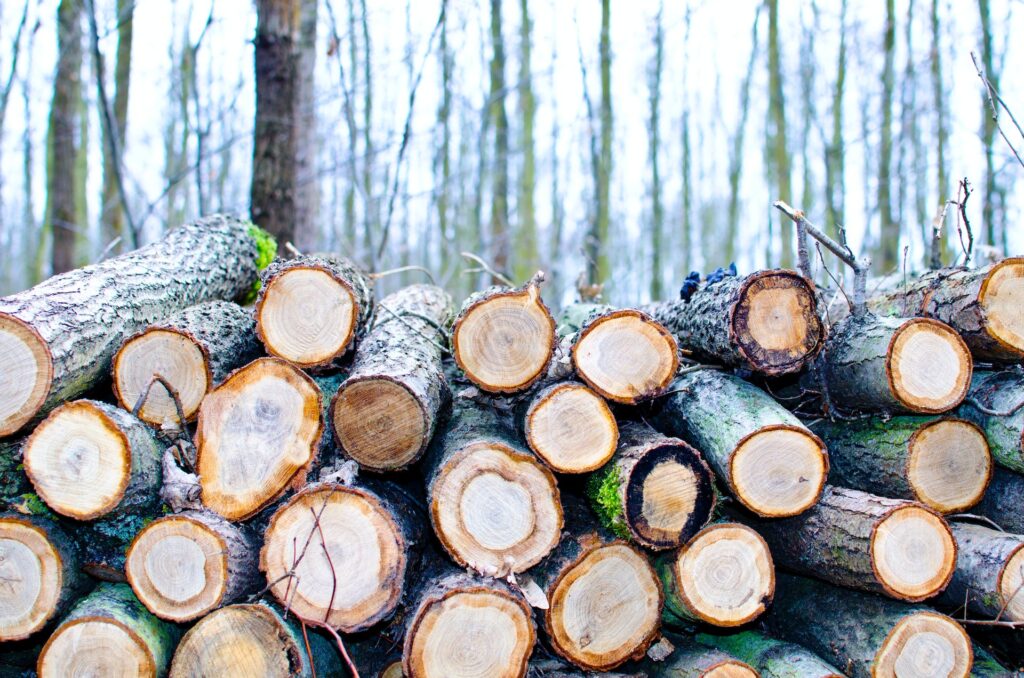A modern wood-burning stove, which is Ecodesign and clearSkies compliant, is so much more than just a large metal box that burns wood. They are the result of years of development, testing, and research to ensure that they produce an incredibly clean, sustainable way of heating a room.
The wood-burning stove industry is growing, supports many jobs, and plays an instrumental role in providing cleaner, greener, more sustainable ways to keep warm. This is despite some misinformation in a few media outlets suggesting otherwise.
The SIA (Stove Industry Alliance) have provided valuable insights and facts to highlight just how much of a crucial role wood-burning plays from both an economic and environmental perspective.
Market Insight:
There are 29.2 million dwellings in the UK in total. 24.9 million are in England. In Wales, there are 1.5 million, and 2.7m in Scotland. Northern Ireland has 822,000, according to the 2021 Census.
If we drill down we can see 1.9 million households use wood fuel indoors. In England, this is 1.46 million households, 152,000 in Wales, 151,000 in Scotland and 144,000 in Northern Ireland. Source: Kantar.

Contribution to the UK Economy:
Based on these figures, around 6.5% of homes in the UK use wood fuel indoors. According to the SIA, the UK stove industry is worth around £750m annually, with around 187,000 stoves sold each year. This industry supports around 25,000 jobs, which include:
1. Stove retail business
2. Manufacturer sales representatives and local distributors/supplier depots
3. Certified and non-certified chimney sweeps
4. Stove installers
5. Wood and solid fuel suppliers
Firewood comes from the thinning of woodlands – healthy trees are generally never cut down for firewood. This sustainable management practice helps ensure biodiversity and generates growth.
Facts Around Stove Emissions:
An Ecodesign stove will produce up to 90% less particle emissions than an open fire and up to 80% less than a non-Ecodesign stove. Furthermore, Ecodesign stoves account for just 1.8% of PM2.5 emissions. This drops to 0.3% if you burn dry wood, according to the NAEI. Educating the end user is key if we are to make sure stoves remain a low-carbon heating source, and such education is working – PM2.5 emissions for domestic wood fuel use have fallen by 2.7% in the space of just one year – 2021 to 2022, according to Emissions of air pollutants in the UK – from Defra.
Wood-burning stoves are the lowest carbon-emitting heating available for homes with a carbon
intensity 1/19th of direct electric heating.
According to the Review of the Scottish Wood Fuel Industry, September 2021 conducted on behalf of Scottish Forestry, burning logs generate 4g of CO2 per kW hour, compared to 48g/kWh for wind energy and 123g/kWh for ground source heat pumps. An Ecodesign stove emits 94% less CO2 than direct electric heating e.g. an electric fire and just 22% of the total kg CO2e of a heat pump with a coefficient of performance (COP) of 3.5.

Economic Benefits of a Wood-Burning Stove:
1. A stove is always there and ready. In the event of a power cut, you will have warmth.
2. You can have peace of mind that your fuel is ‘bought and paid for’ in advance
3. You are not subject to the fluctuations of the gas and electricity market.
4. Stoves are a wonderful way to heat one room so you can lower the central heating in the rest of the house.
5. An Ecodesign stove can be beneficial for poorly insulated, older properties as they are
great at providing space heating and reducing the issue of condensation, which in turn helps to
alleviate mould and dampness.
There are lots of benefits that come with a wood-burning stove. If you’re considering a stove, start your search with us:
Our stove range
Stove store locator
Stove eBrochures
All our wood-burning stoves reach Ecodesign emissions and efficiency standards and the more stringent clearSkies scheme also.








